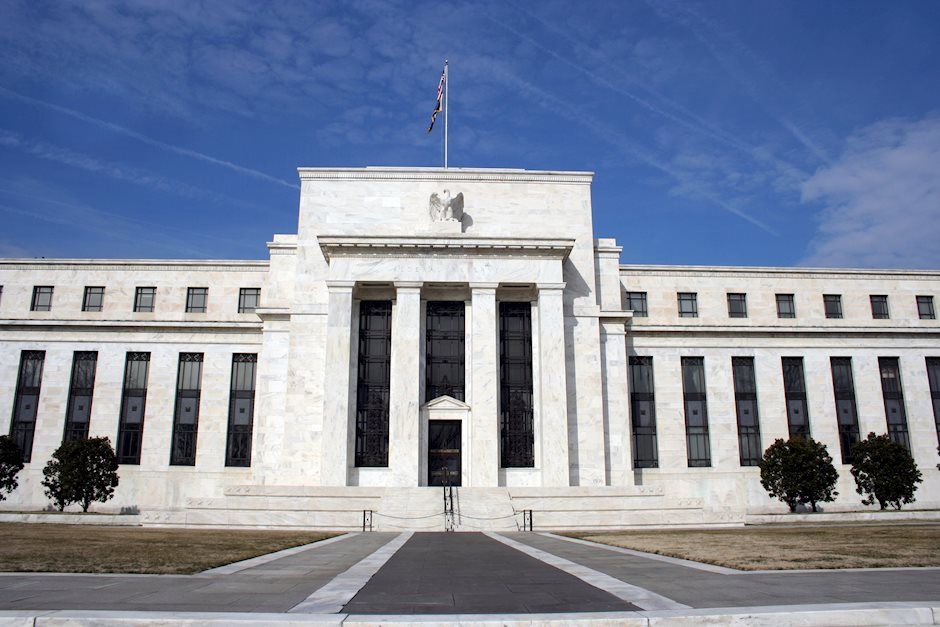Fed's Kashkari: Economy strong, but inflation not vanquished

Federal Reserve Bank of Minneapolis President Neel Kashkari said the US economy has remained remarkably strong as the Fed progressed in beating back inflation, but the US central bank was still “not all the way home,” per Bloomberg.
Key quotes
The economy has remained remarkably strong, not all the way home on inflation.
The Fed wants to have confidence inflation will go all the way back to 2%; need to see more evidence before deciding on another cut.
If businesses lose employees due to deportations, it could disrupt them.
It will be between the business community and Congress on how to adjust to deportations; there is still uncertainty about what the policy will be.
The Fed will have to wait and see what is decided on immigration.
At some point, federal debt and deficits will have to be addressed.
A one-time tariff would increase the prices of goods but would not create persistent inflation unless other countries respond.
Businesses and labor are expressing cautious optimism about the economy.
Not concerned about political influence on the Fed; officials are focused on mandated goals.
Market reaction
The US Dollar Index (DXY) is trading 0.04% higher on the day at 104.98, as of writing.
Fed FAQs
Monetary policy in the US is shaped by the Federal Reserve (Fed). The Fed has two mandates: to achieve price stability and foster full employment. Its primary tool to achieve these goals is by adjusting interest rates. When prices are rising too quickly and inflation is above the Fed’s 2% target, it raises interest rates, increasing borrowing costs throughout the economy. This results in a stronger US Dollar (USD) as it makes the US a more attractive place for international investors to park their money. When inflation falls below 2% or the Unemployment Rate is too high, the Fed may lower interest rates to encourage borrowing, which weighs on the Greenback.
The Federal Reserve (Fed) holds eight policy meetings a year, where the Federal Open Market Committee (FOMC) assesses economic conditions and makes monetary policy decisions. The FOMC is attended by twelve Fed officials – the seven members of the Board of Governors, the president of the Federal Reserve Bank of New York, and four of the remaining eleven regional Reserve Bank presidents, who serve one-year terms on a rotating basis.
In extreme situations, the Federal Reserve may resort to a policy named Quantitative Easing (QE). QE is the process by which the Fed substantially increases the flow of credit in a stuck financial system. It is a non-standard policy measure used during crises or when inflation is extremely low. It was the Fed’s weapon of choice during the Great Financial Crisis in 2008. It involves the Fed printing more Dollars and using them to buy high grade bonds from financial institutions. QE usually weakens the US Dollar.
Quantitative tightening (QT) is the reverse process of QE, whereby the Federal Reserve stops buying bonds from financial institutions and does not reinvest the principal from the bonds it holds maturing, to purchase new bonds. It is usually positive for the value of the US Dollar.
Author

Lallalit Srijandorn
FXStreet
Lallalit Srijandorn is a Parisian at heart. She has lived in France since 2019 and now becomes a digital entrepreneur based in Paris and Bangkok.

















